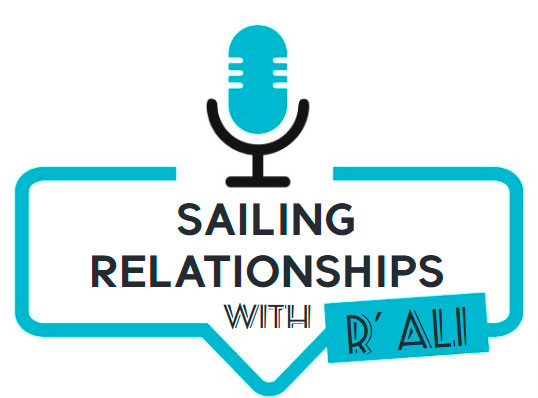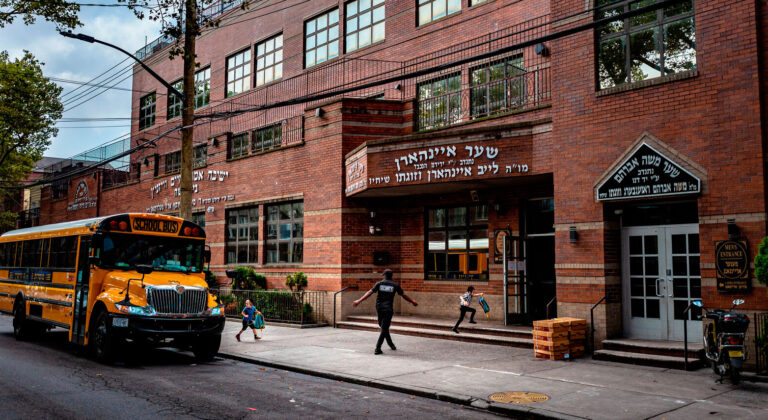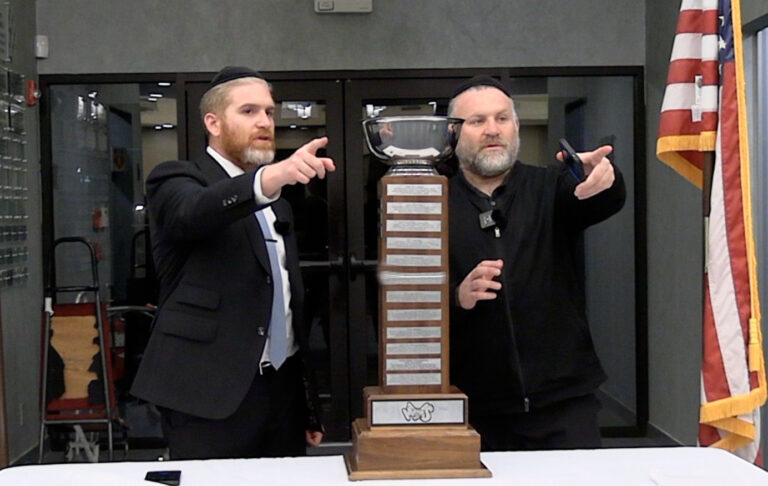When Korach, Moshe’s first cousin, launched his brazen revolt against Moshe’s authority, challenging his and his brother’s right to leadership, he brought some “big names” with him. Like a good politician seeking to earn public support, he made a point of getting some prominent people on board. These included 250 “princes of the congregation” (“nesi’eh edah” – 16:2), identified by our sages as the leading Torah scholars of that generation. Korach also brought onto his team Datan and Aviram, two well-known “rabble rousers” who already had a long history – dating back to Egypt – of challenging Moshe.
These people had different stakes in the game. Korach, the commentators explain, resented the appointment of another of his cousins – Elitzafan –to the position of leader of the Kehat family, a position which Korach felt he deserved. The 250 rabbis were motivated by genuine spiritual longing, passionately wishing to have the privilege to serve as kohen gadol inside the Mishkan. And Datan and Aviram, as mentioned, were always looking for opportunities to oppose Moshe. What these people all had in common was discontent with Moshe’s leadership, and so they banded together to challenge his authority.
On Ben Pelet
In the opening verses of the story of Korach, the Torah also mentions another figure who appears to have played an important role– a member of the tribe of Reuven named On ben Pelet. We are given no information about him, but if he is mentioned by name, it stands to reason that his participation in the uprising was significant.
This implied significance makes it especially striking that his name never appears again later in the story.On ben Pelet is listed among the main instigators, but we never hear about him again.
The Gemara (Sanhedrin 110a), noting On’s mysterious “disappearance,” fills in the missing details, telling the fascinating story of how this prominent participant in Korach’s uprising was saved from the tragic fate that befell his cohorts.On’s wifewas an exceptionally wise woman, and she saw what On could not see due to his having been blinded by Korach’s charm, and by the excitement of the controversy. She asked On what he stood to gain by joining Korach’s revolt. After all, if the uprising succeeded, then Korach would be the leader instead of Moshe. On would not benefit at all. There was no advantage to his supporting Korach.
On accepted his wife’s advice, but he said it was too late. He had already sworn loyalty to Korach’s cause, and the rebels were relying on his participation. He could not back out at this point.
On’s wife devised a plan. She gave him lots of wine to drink, and he fell into a deep sleep. When Korach’s men came to bring On to join in their confrontation against Moshe, she removed her hair covering and stood outside their tent. Korach’s men would not approach the tent, as she was standing there with her hair exposed, and so they turned around. On remained asleep during the ill-fated confrontation between Korach’s followers and Moshe, which resulted in the burning of the 250 men who vied for the role of kohen gadol, and in the ground opening and devouring Korach, Datan and Aviram.
Manoah
Let us leave the story of Korach, and fast forward many years, to the period of the shoftim, to a time when Beneh Yisrael suffered bitterly at the hands of the Pelishtim who were terrorizing them.
We read in the Book of Shoftim (13) – in the section read as the haftarah for Parashat Naso – of a man named Manoah who was childless for many years. One day, an angel appeared to Manoah’s wife and informed her that she would soon bear a child who would lead Beneh Yisrael to victory against the Pelishtim. As this child would be designated for a special leadership role, the angel explained, he would need to abide by certain restrictions. His hair must never be cut, and he must never drink wine.
Manoah’s wifewent to her husband and told her about the angel. Seemingly mistrusting her, Manoach beseeched Gd to send the angel a second time to explain the rules regarding the child that was going to be born. Sure enough, the angel appeared to Manoah’s wife a second time, and she ran to bring Manoah. When he arrived, the angel told him that he must follow the guidelines that his wife had been told.
Later, Manoah’s wife delivered a boy, whom they named Shimshon. As the angel promised, Shimshon led Beneh Yisrael in the campaign against the Pelishtim.
At this point, I expect the reader to wonder why this story is presented here in this article, in the context of the story of On ben Pelet. It certainly appears that these two men have absolutely nothing to do with one another.
However, one of the great Italian kabbalists, Rav Menahem Azaryah of Fano (“the Rama Mi’Fano,” 1548-1620), taught that these stories are very closely connected. In fact, although one took place many years after the other, they actually involve the same people!
The Rama Mi’Fano writes that Manoach and his wife were gilgulim – reincarnations – of On ben Pelet and his wife. In both stories, the wife takes the leadership role, guiding and instructing her husband. In the case of On ben Pelet, this is obvious, but in the sort of Manoah, too, his wife was the one who received the instructions from the angel, and, moreover, the verse states that when the angel returned, “vayelech Manoah ahareh ishto – Manoah followed his wife.” It is clear from the story that Moah was led by his wife, just as On ben Pelet’s wife steered him in the direction he needed to go.
The Rama Mi’Pano adds that Shimshon, Manoah’s son, was to abstain from wine – which is what On ben Pelet’s wife used to save him. And the name “Manoah” means “rest,” an allusion to On’s deep slumber during his cohorts’ confrontation with Moshe.
The question, then, becomes, what is the meaning and significance of this connection? What are we to learn from the reincarnation of On ben Pelet and his wife, and their becoming the parents of Shimshon?
The Long Haul
The answer becomes clear in light of a mysterious feature of the story of Manoah.
We find in Tanach several stories of women who were unable to conceive. We are all familiar with the stories of Sarah, Rivkah, Rachel, and Hannah. Another example is the “Shunamite woman” who cared for the prophet Elisha. In all these instances, the couple prayed for children, or had some merit on account of which they were blessed with a child. The notable exception is Manoah and his wife. The text gives us no indication of what they did to be blessed with a child after many years of infertility. We do not hear about them praying or performing any special mitzvah for which they were rewarded.
The Rama Mi’Fano’s theory solves this mystery. Manoah and his wife were blessed in the merit of On ben Pelet’s wife. Her wisdom and her initiative saved her husband’s life, and, moreover, helped preserve the honor of Moshe Rabbenu by taking away a prominent participant of the uprising. The reward came many years later, in the form of Shimshon. On ben Pelet’s wife saved her husband – and so she was blessed with a child who would end up saving Beneh Yisrael from the Pelishtim.
These might seem like esoteric concepts which bear no direct relevance to us, but I would like to draw our attention to one practical lesson that we all need to learn, and that is the long-term impact of our actions. The full reward for On’s wife came much later, well after she passed away – teaching us that the fruits of our efforts are not reaped right away, but in the future, and sometimes even in the very distant future.
Spiritual Patience is Needed
Technology has accustomed us to expect immediate results, to access information at the press of a button, to have food ready and prepared the moment we feel hungry, to experience gratification right away when we want something. We have, I’m afraid, grown impatient, demanding “on-demand” results.
But religious life doesn’t work this way. Torah commitment is not about immediate results or immediate gratification. Learning Torah can be difficult and challenging, and often it is only after years of hard work that we experience the indescribable joy and satisfaction that Torah knowledge brings.People who embrace observance as adults, or who decide to raise their level of observance as adults, are likely to struggle at first before enjoying the delights of religious life. And, we never know when and in what form the rewards for our mitzvot will come. If we pray, learn Torah and fulfill mitzvot with the expectation of right away seeing our rewards, we will be sorely disappointed, and disillusioned. We must be in it for the long haul.
Every prayer has value and helps us. Every good deed we perform yields incalculable rewards. Every small amount of Torah we learn builds us and brings us closer to Hashem. More often than not, we will not see the value, rewards and benefits of our prayer, learning and observance, but we believe that at some point – perhaps even long after we leave this world – our efforts will bear fruit.
The Mishnah in Pirkeh Avot (1:3) urges us not to be like servants who serve their master solely for reward, and to instead serve Hashem without expecting reward. This is not because we cannot expect rewards for our efforts – but because we never know when or how we will be rewarded.
Let us, then, commit to perform mitzvot with joy and vigor – trusting that each and every good deed is more valuable than we can ever imagine.












